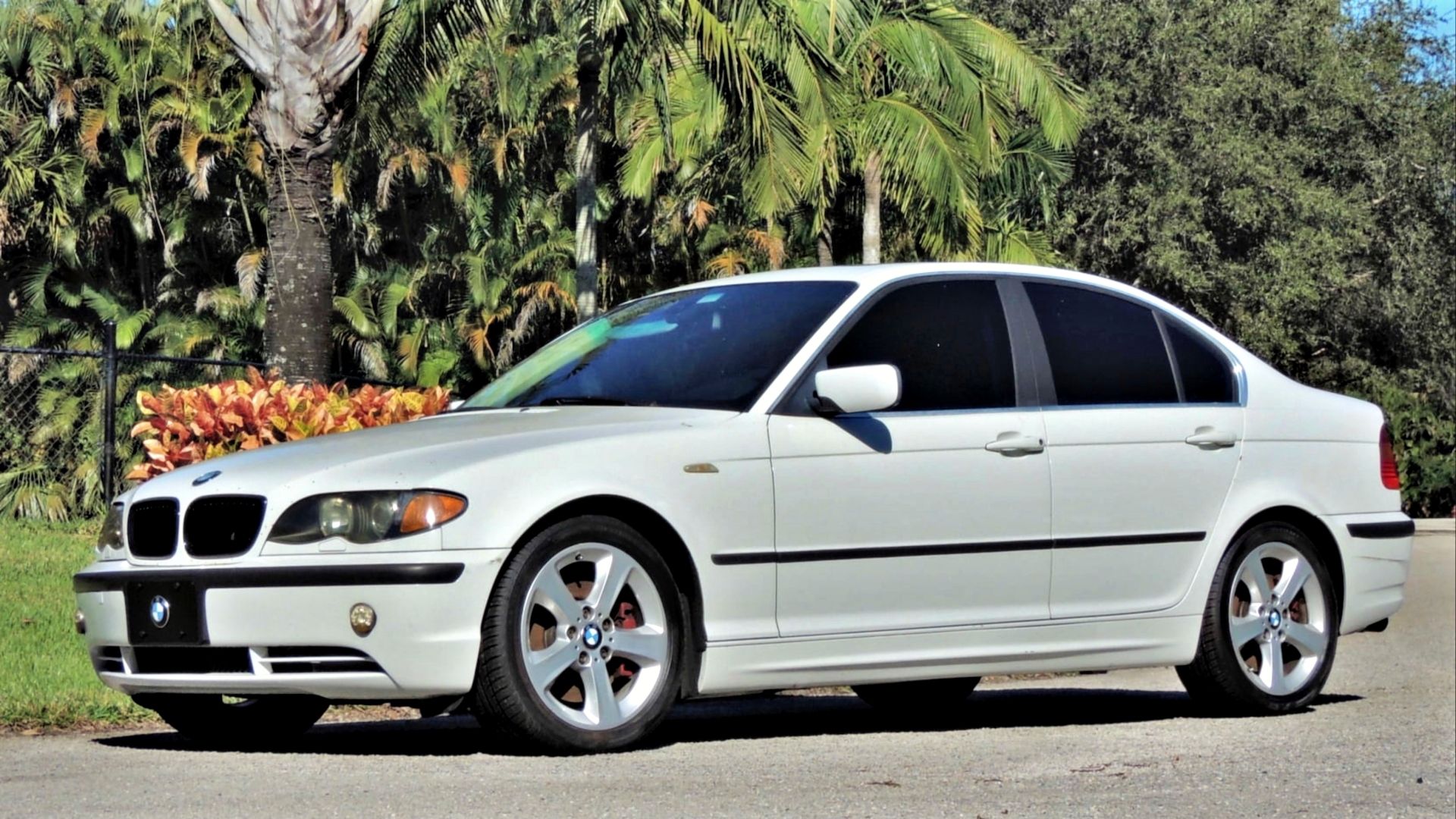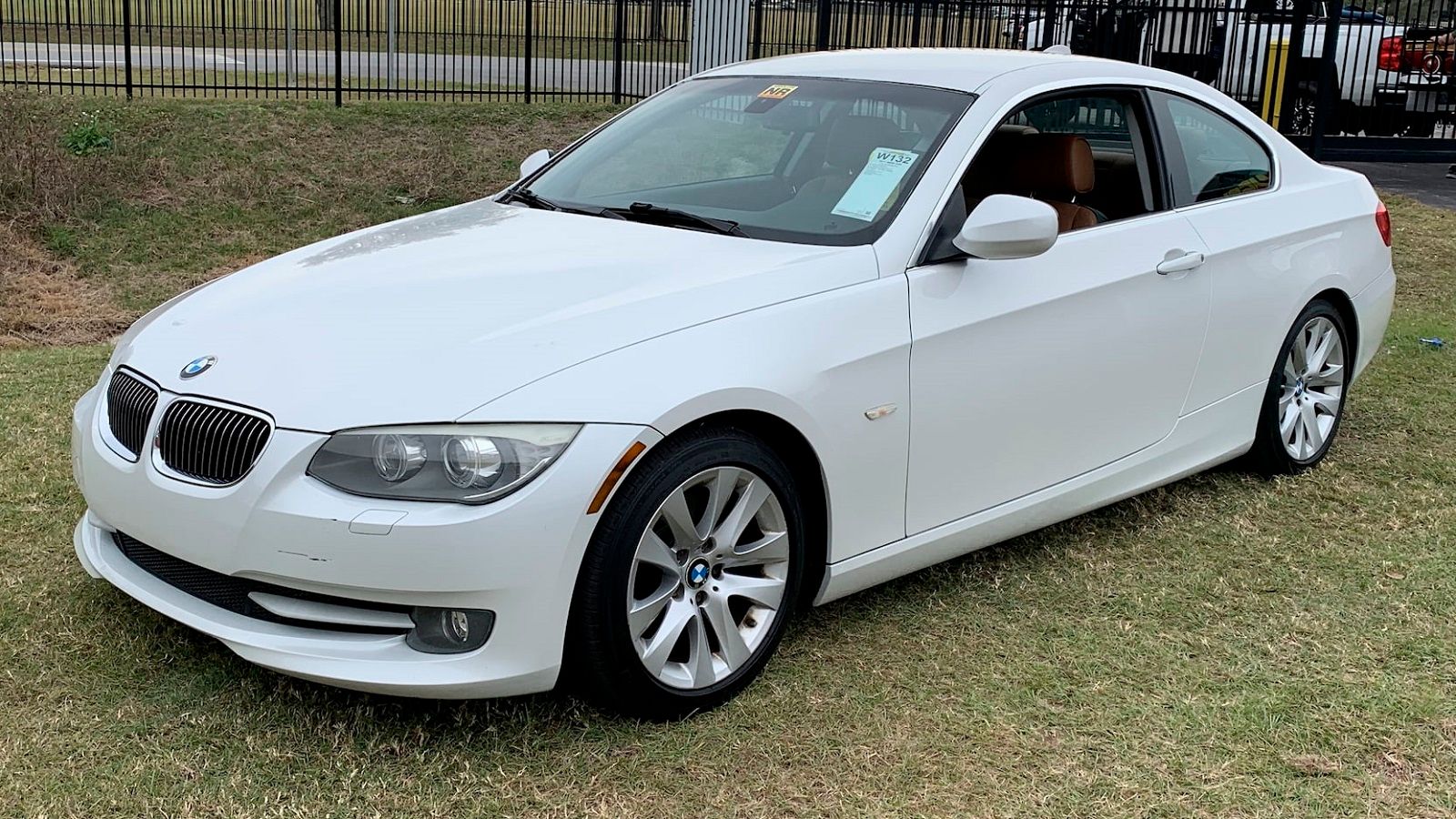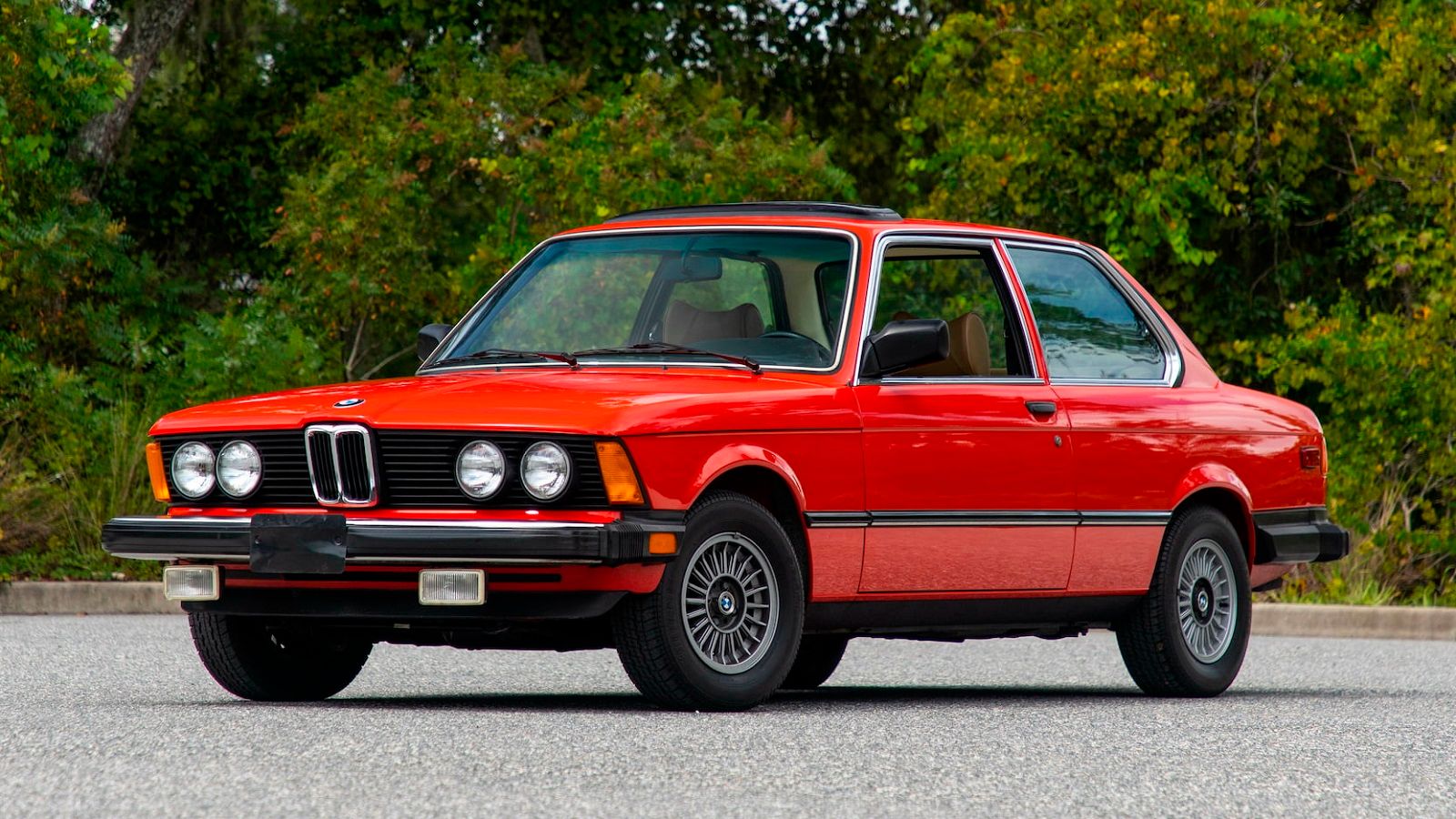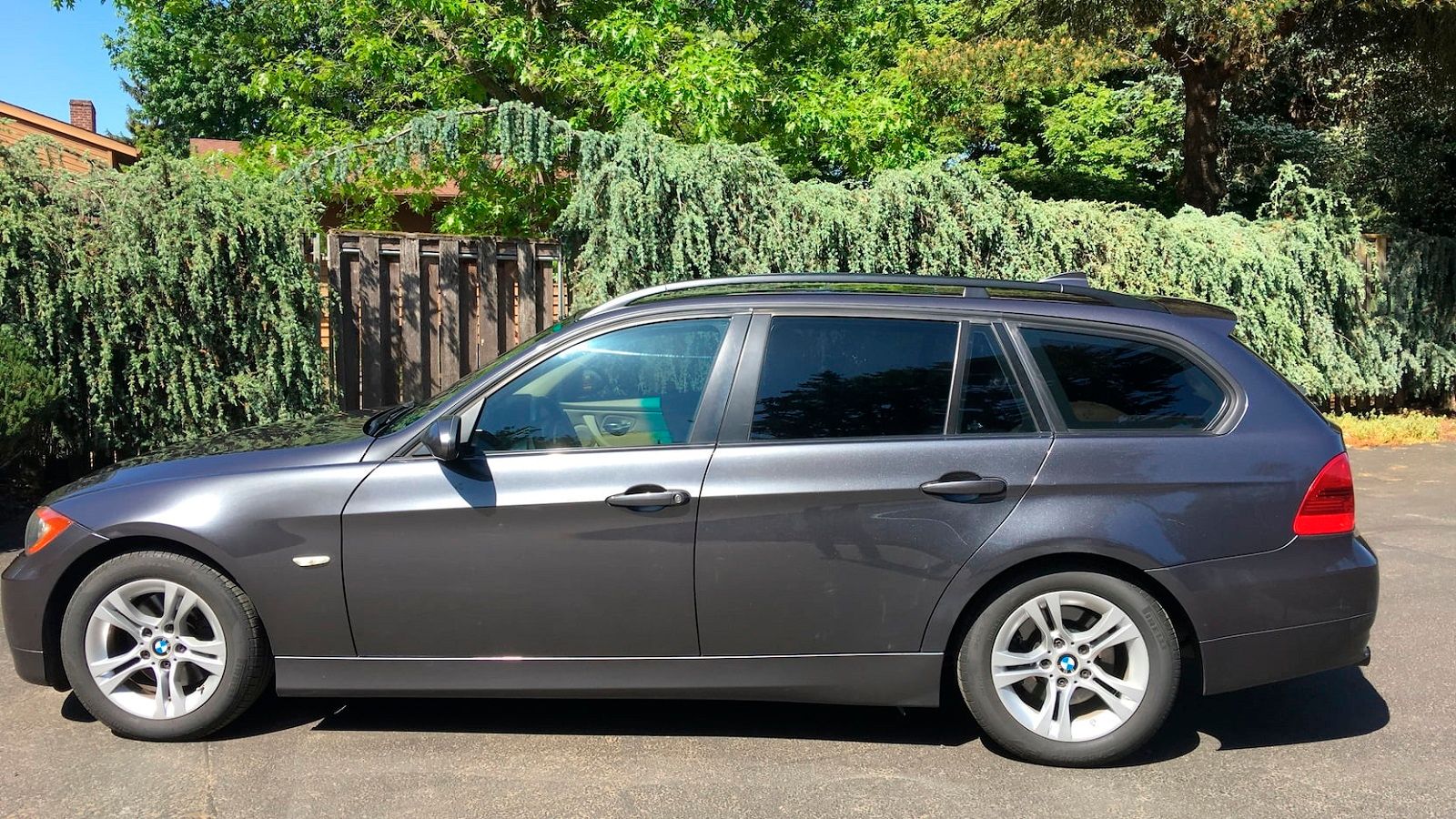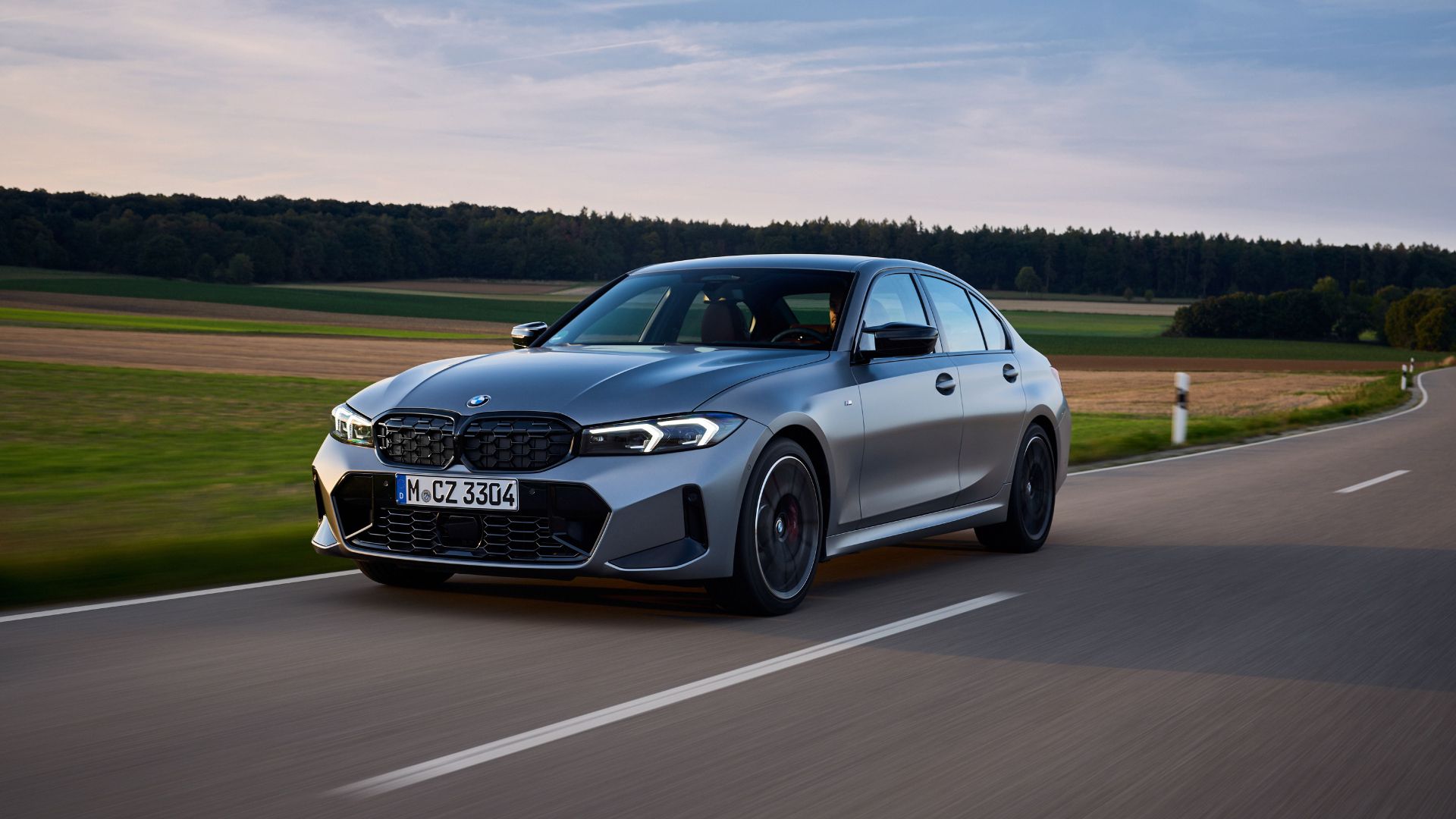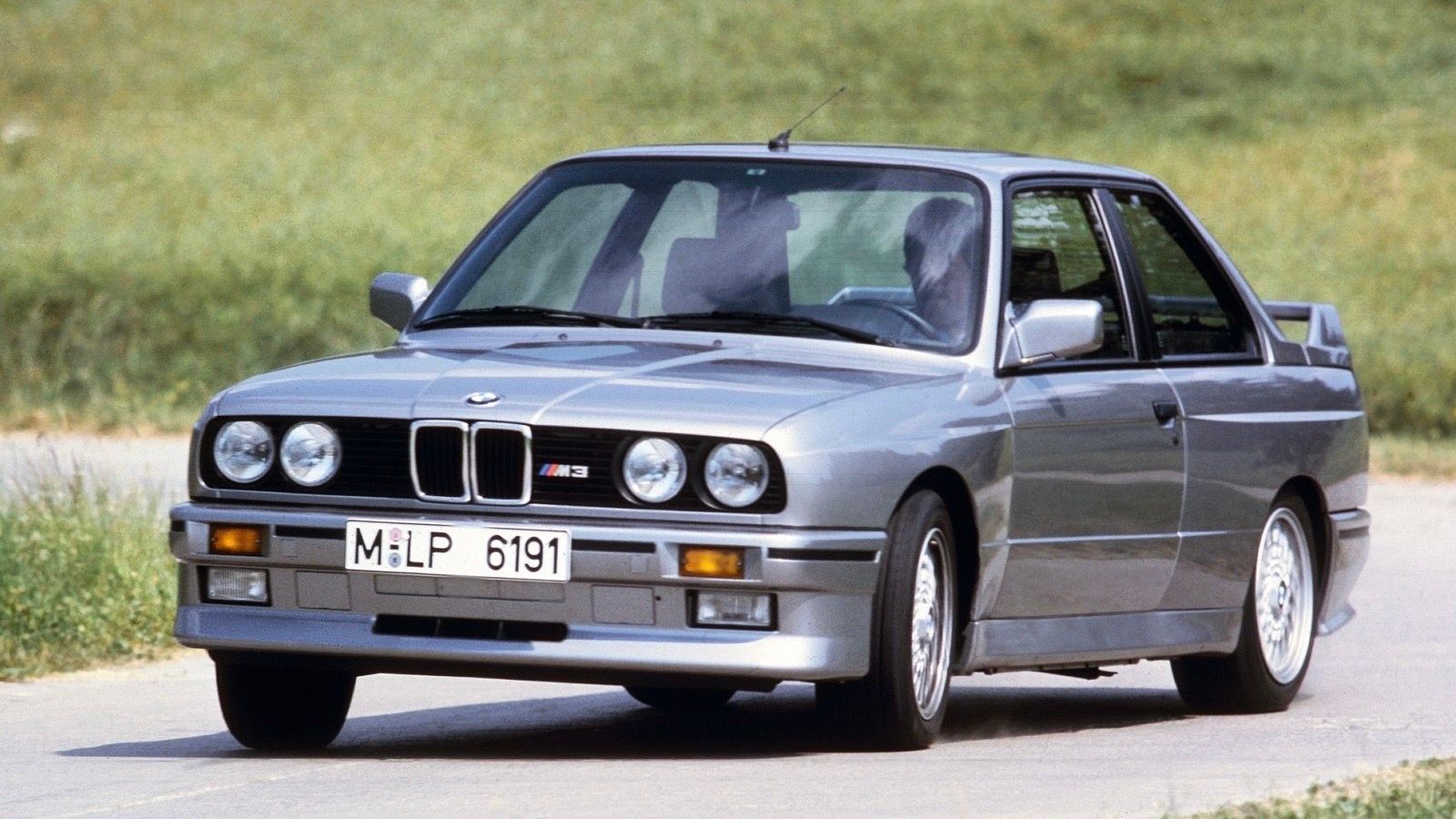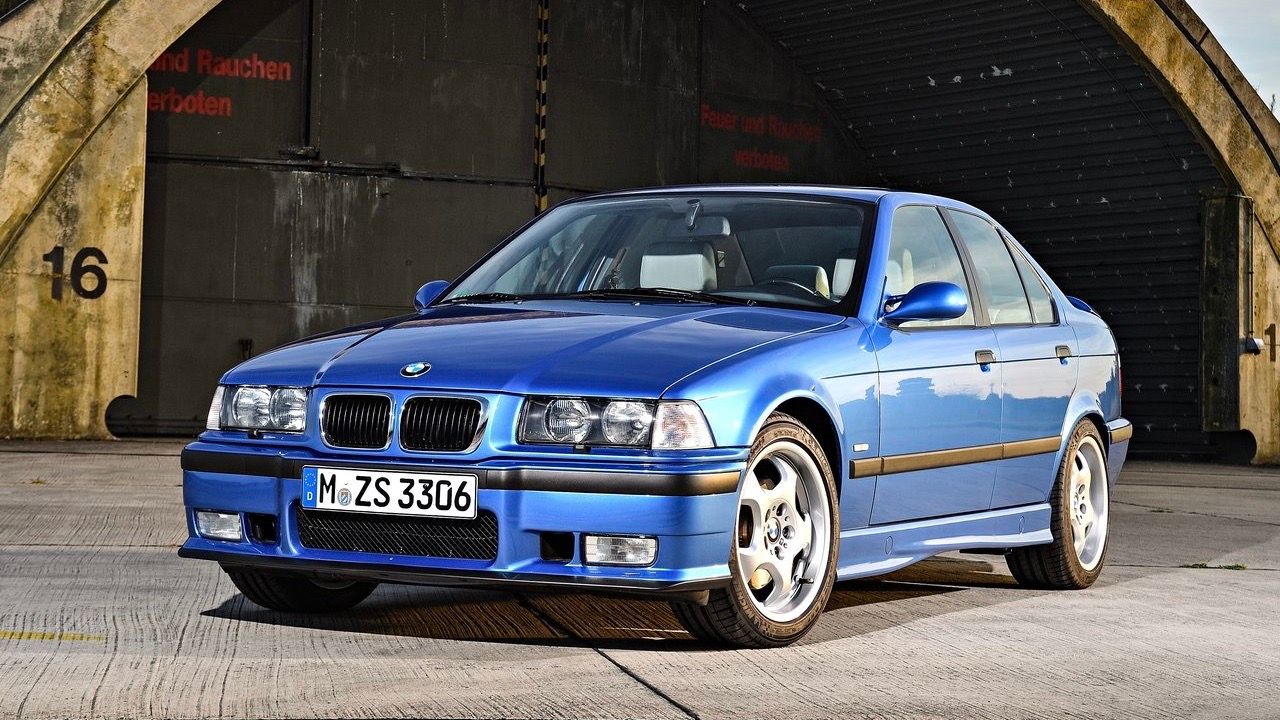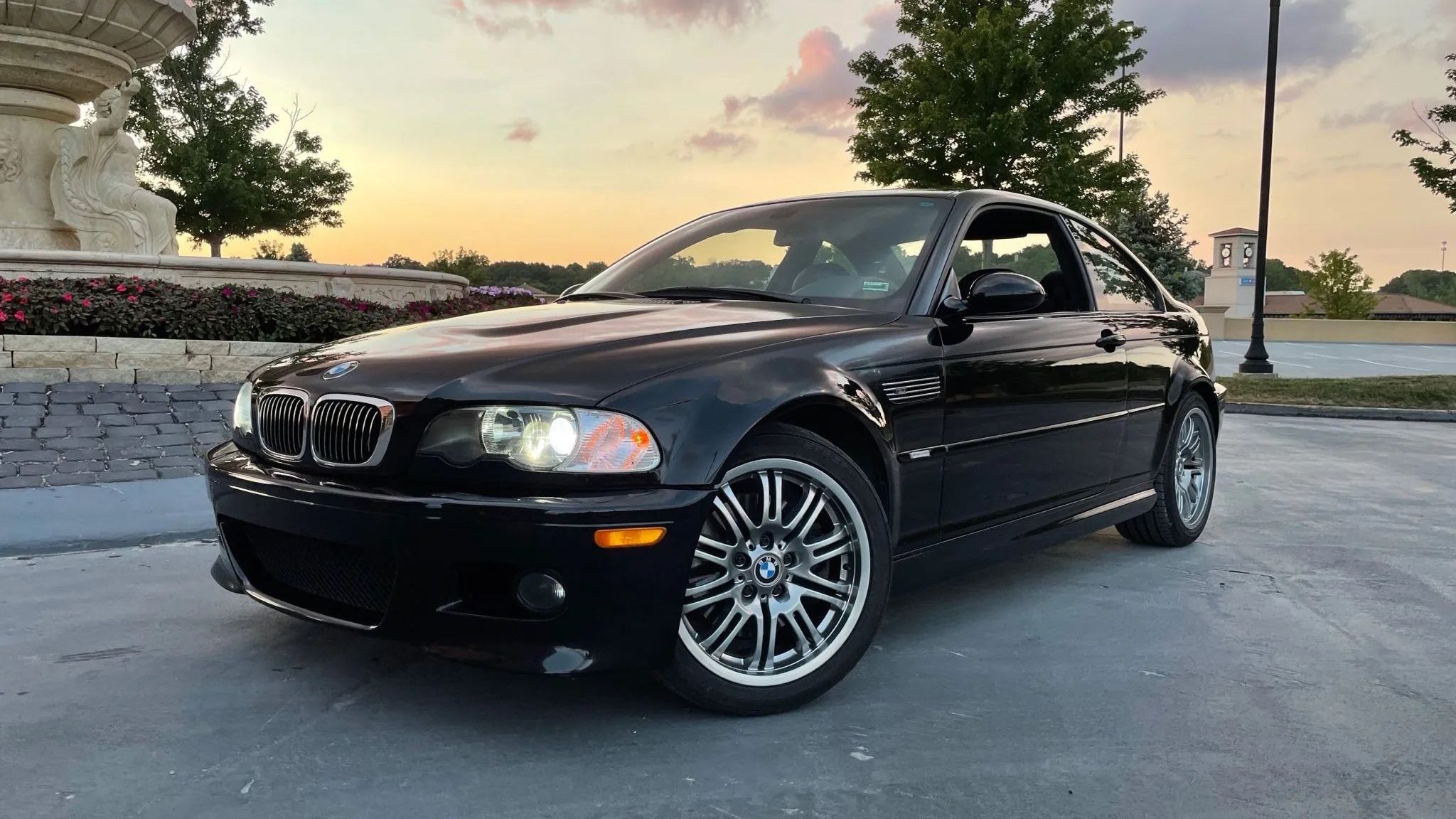If you know anything about BMW vehicles, it has to be that the most affordable, entry-level version is the BMW 3 series. It has stayed at the head of the class for so long simply because the company never lets the car become outdated. When new technology comes out, BMW takes advantage of it and adds it to the lineup. Of course, you cannot expect to have the best of the best because, let's face it, when you are opting for the entry-level BMW, all the bells and whistles will not be installed. However, the car will still be one of the best, most luxurious vehicles you have ever had the privilege of riding in.
The 3 Series is BMW's best-selling model. It accounts for nearly 30 percent of the company's car sales. The range was introduced back in 1975 and is going strong even today. It is currently in its seventh generation and is one of the best buys at its price point and in its segment. But that doesn't mean it has always been at the top of its game, right? Well, we've ranked every generation of the BMW 3 Series – from worst to best – and here's how its journey has been so far:
Updated April 10, 2023: The BMW 3 Series entry-level cars have gone through some ups and downs but still hang strong within the industry. Unfortunately, there are only seven generations of the BMW so far, which means that the only updates that can be made are within the wording itself. But, it is always a great idea to refresh your memory and go through the details of each generation to learn why some generations are better than others. So let's jump right in and get behind the steering wheel of each generation as we walk you through the worst of the BMW 3 Series to the best.
7 BMW 3 Series Sixth-Generation: F30/F31/F34/F35/F80 (2011-2019)
The sixth-generation model is where the 3 Series became a big dog, and BMW made some major decisions regarding aesthetics and drivetrains in the lineup. While maintaining the ethos of its predecessor, the F30 BMW 3 Series started to take shape like its elder sibling, the 5 Series. The kidney grille grew and was now wide enough to let the headlights incorporate into it. New exterior shades, fabrics, materials, and equipment were also offered, and you were given more freedom in terms of customization.
This was also the time when BMW decided to introduce the larger GT model, which was essentially the 3 Series sedan with the coupe roofline and a longer wheelbase. The expansion didn't end there; BMW spun off the coupe and the convertible models into the 4 Series since the lineup was now getting crowded, and there was no more room for growth within the model lineup.
As for the power plants, this was the first instance BMW decided to plonk in turbocharged mills in the entire 3 Series. A three-pot cylinder made its way into the 318i - again, a first for the 3 Series – and it made 132 horses and 162 pound-feet of torque. This was a lift from the Mini. It doesn't end here; the automaker also electrified the lineup. This came in the form of the 330e, which used a plug-in hybrid. The M3 featured a twin-turbo S55 straight-six mill. The power outputs ranged from 116 to 460 horses throughout the portfolio. Despite all this, it lost the essence somewhere in the process and ended up being the least impressive 3 Series.
6 BMW 3 Series First-Generation: E21 (1975-1983)
The 3 Series came out of the womb way back in 1975. That year, the E21 BMW 3 Series was revealed to the world at Munich's Olympic Stadium. The first model was a two-door sedan that was a successor to the iconic BMW 02 Series and was designed by the automaker's Director of Design back in the early '70s, Paul Bracq. Along with the two-door model, the E21 3 Series also consisted of a convertible model called the Baur TopCabriolet. The tiny double-kidney grille, the round headlights, the Hofmeister kink at the C-pillar, and a raised tail sure made it look smart.
However, the part between the taillights wasn't received well in an otherwise good-looking car, and within a few months of production, BMW slapped a black plastic trim to it. On the inside, the dash was slightly tilted towards the driver, something that went on to become a signature 3 Series trait and continues to this day.
The convertible models were transformed by the folks at Stuttgart-based Baur GmbH, who were responsible for converting 4,595 sedans into convertibles in the legendary car's first run. The car came with carbureted four-pot engines as standard, but fuel-injected engines along with six-cylinder mills were introduced in 1975 and 1977, respectively. The power output ranged from 73- to 143 horses. We don't blame it for being one of the not-so-impressive 3 Series models since it had just started its journey and needed a lot of wrinkles to be ironed out. That said, it is still a desirable classic.
5 BMW 3 Series Fifth-Generation: E90/E91/E92/E93 (2005-2013)
The E90 BMW 3 Series took things up the notch and was the first new 3 Series of the 21st century. It debuted at the 2005 Geneva Motor Show, and within a year, managed to snatch the 'World Car of the Year' award. With a strong foundation set and the fourth generation serving as a good example, BMW decided it was time for the coupe and the convertible models to follow their own design path. This metamorphosis led to all body styles cementing their own legacies. The sedan turned out to be a fusion of the coupe and convertible.
Because of these different design languages, each model got its own code – E9X. BMW even made a pickup prototype of the M3 this time around. As surprising as it may sound, the M3 pickup was not the first of its kind; BMW had one to move supplies around the factory for around 26 years! Talk about some best-kept secrets!
Coming to the stuff under the hood, BMW made big strides in this regard. The 335i became the first 3 Series powered by a turbocharged gas engine, and all three M3 body styles were powered by S65 V-8s. The power outputs on the entire portfolio ranged between 122- and 450 ponies. The fifth-gen 3 Series will also be remembered as the generation wherein run-flat tires were introduced.
Production of the E9X BMW 3 Series lasted until 2013. There was nothing wrong with this model per se, but the N54 turbocharged engine's pathetic reliability ensured it didn't rank high. The engine had a lot of high-pressure fuel pump failures that even led to a class-action lawsuit being filed in the U.S.
4 BMW 3 Series Seventh-Generation: G20/G21/G28 (2018-present)
The current and the latest iteration of the 3 Series is the G20 BMW. It is an evolution of the model it replaced without going overboard. It surely spiced things up, courtesy of the wider kidney grille and the sharper elements all around that make it modern. The car has also grown in size, making it spacious inside, but BMW has managed to retain the driving dynamics that the vehicle is known for.
In fact, it is one of the best ones in the segment right now. The car is, obviously, the best 3 Series in the tech department. It is also quite luxurious without losing the sporty cred. The G20 fixes everything the F30 lost, especially in the driving department. The drivetrains are smooth, peppy, and refined, whether the BMW 330i's four-pot or the BMW M340i's six-cylinder is under the hood. The only fly in the ointment is that you can't get a manual gearbox on the non-M models.
The next-gen 3 Series is still some time away, but that should be fine as long as BMW doesn't do something horrendous in the coming years and messes things up big time. As for why it takes the middle spot, well, because the other models are better! That's it— nothing absurdly wrong with the G20 other than the slightly stiff ride quality.
3 BMW 3 Series Second-Generation: E30 (1982-1994)
Seven years of success of the E21 led to the birth of the E30 BMW 3 Series in 1982. BMW expanded its lineup, adding a four-door sedan, a standard convertible accompanying the Baur Cabriolet, and a Touring wagon. But that was not all. The E30 also introduced the performance-oriented M3 offered as a coupe and a convertible. Twin headlights became standard across the series and have become a staple since then.
Overall, it looked just as innovative as the model it replaced, perhaps a tad bit more, especially at the front. The station wagon 'Touring' model was introduced as well. It was a hobby project started by a company employee, Max Reisböck, who wanted to take his family on vacation but found the trunk too small for his requirements. So, what did he do? Cut the C-column and shifted it to the rear, thus creating the first station wagon by BMW.
The E30 was also the first BMW 3 Series with a diesel engine and an all-wheel-drive system (325iX). The M3 was powered by an S14 four-pot engine that made a whopping 238 horses and became a runaway success. The least powerful 3 Series you could get at this time made 90 ponies. Fun fact: the Z1 Roadster was also based on the E30 platform.
2 BMW 3 Series Third-Generation: E36 (1990-2000)
Although the second-generation lasted till 1994, BMW had already introduced the third-gen in 1990. The E36 BMW 3 Series is where things started to take a new shape, and that is meant literally. The E36 3 Series featured a new design philosophy that wasn't too wayward from the model it replaced, but it came with significant changes, like a coupe orientation, sloping A- and C- pillars, twin headlamps beneath a common glass, and so on. Seeing that the 3 Series had now firmly set its foot in the market, the automaker decided to cater to a broader audience.
The E36 3 Series consisted of eight models - Sedan, Coupé, Convertible, Touring, Compact, and M3 – the latter as a Sedan, Coupé, and Convertible – the most offered ever in the 3 Series. The Compact was a hatchback 8.9 inches shorter than the coupe but became an instant success and recorded the highest sales after the sedan and the coupe.
BMW upped the ante in terms of its mechanicals as well. A new multi-link rear suspension made an appearance here, and so did a six-speed manual gearbox for the first time. The M3 came with an S50 or S52 straight-six engine that comprised 321 ponies. The Z3 Roadster was based on the E36 platform as well. Overall, BMW had a winner on its hand here, leading it to occupy the second spot on the list, right under the…
1 BMW 3 Series Fourth-Generation: E46 (1997-2006)
The fourth-gen 3 Series came around the turn of the century. The company first debuted the E46 with the sedan, followed by the Coupé, Convertible, Touring, Compact, and M3. BMW decided it was time to mix up the styling and gave each of the models its own design language without making them looking different vehicles altogether, that is. Apart from the aesthetics, the fourth-gen E46 3 Series also came with some interesting features that were not common those days, like rain-sensing wipers, LED lights, sat-nav, and so on.
Powered by the M52, M54, or S54 engines based on the model, the BMW 3 Series churned out between 105- and 360 horsepower. After skipping AWD in the third-gen, BMW introduced it yet again here. A six-speed SMG-II sequential manual gearbox was also offered alongside the six-speed manual.
If we go purely by sales numbers, then the E46 BMW 3 Series is the most successful BMW model of all time, with the company selling over 3.2 million copies (3,266,885 examples, to be precise) in its decade-long run. That, combined with graceful looks and smooth, powerful performance engines, put the E46 BMW 3 Series on the pedestal.
FAQ
Q: How many miles can a BMW 3 Series last?
While not the epitome of reliability, BMWs are fairly robust and can last up to 500,000 miles when maintained well and serviced periodically.
Q: How much is insurance for a 3 Series?
The insurance for a BMW 3 Series is on the expensive side, with average insurance costing $1,560 per year.
Q: What is a BMW 3 Series?
The 3 Series is a portfolio of compact luxury cars manufactured by the German automaker BMW. The BMW 3 Series came into existence in 1975 and is currently in its seventh-generation. It consists of sedans, coupes, convertibles, and wagons, and even comes with performance-oriented M models.
Q: Is the BMW 3 Series better than the C-Class?
This is subjective and boils down to your requirements. The Mercedes C-Class offers a plush cabin, good tech features, and is a comfortable ride. The BMW 3 Series, on the other hand, is sportier, handles better, but has gotten a little stiff in its newer models. Either way, it’s a better performer if you have a heavy foot.
Q: Is the BMW 3 Series a good car?
The BMW 3 Series is definitely a good car. It is luxurious and sporty, comes in various body styles, and offers arguably the best driving dynamics in its segment and price point.
Q: Which 3 Series model is the best?
The fourth-gen E46 BMW 3 Series is the best 3 Series model to date. It was also the most successful BMW model ever, with over 3.2 million copies sold in its near decade-long run.
Q: What is BMW 3 Series known for?
The 3 Series is known for all its all-roundedness. The model is offered in different body style, different engines, and at different price points, which helps it cater to a wide audience. It is luxurious and sporty, thus making it a sweet overall package.

